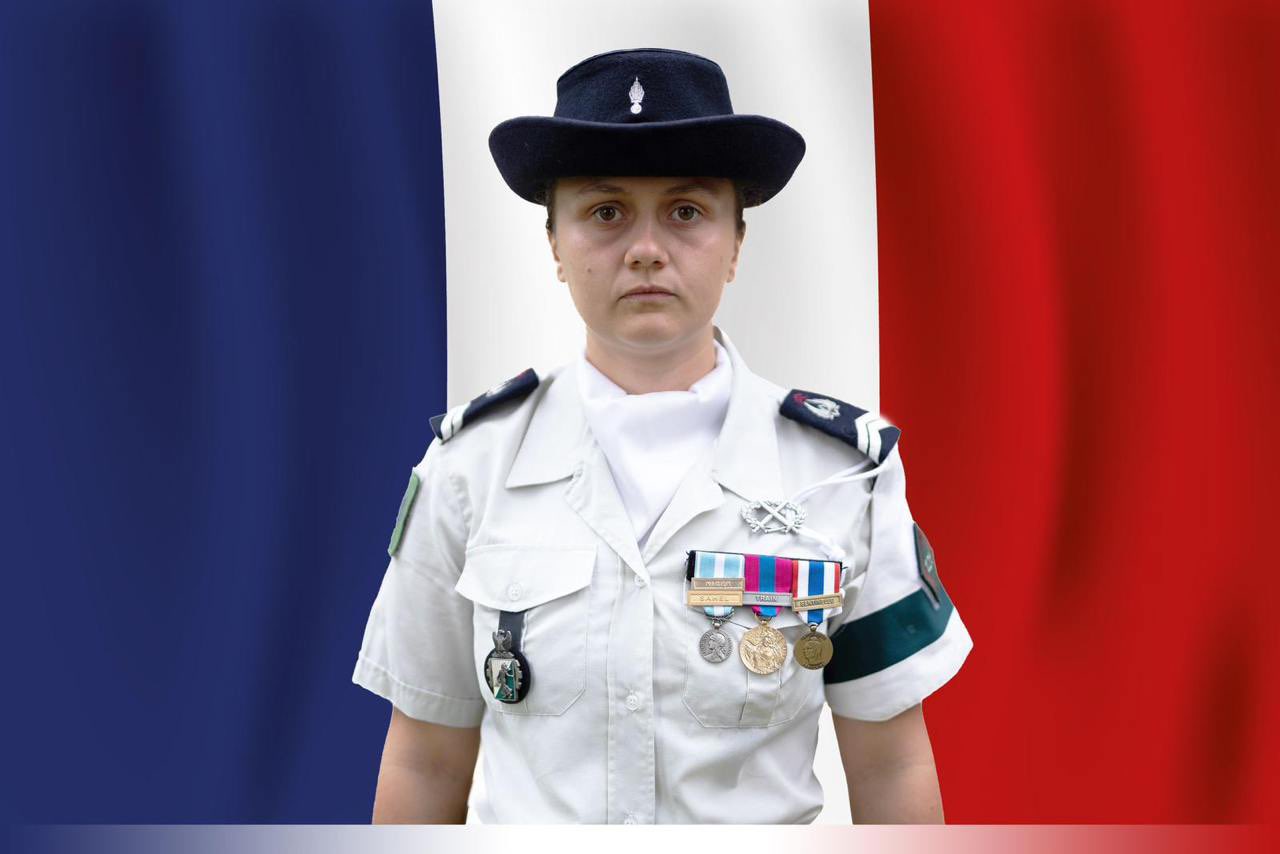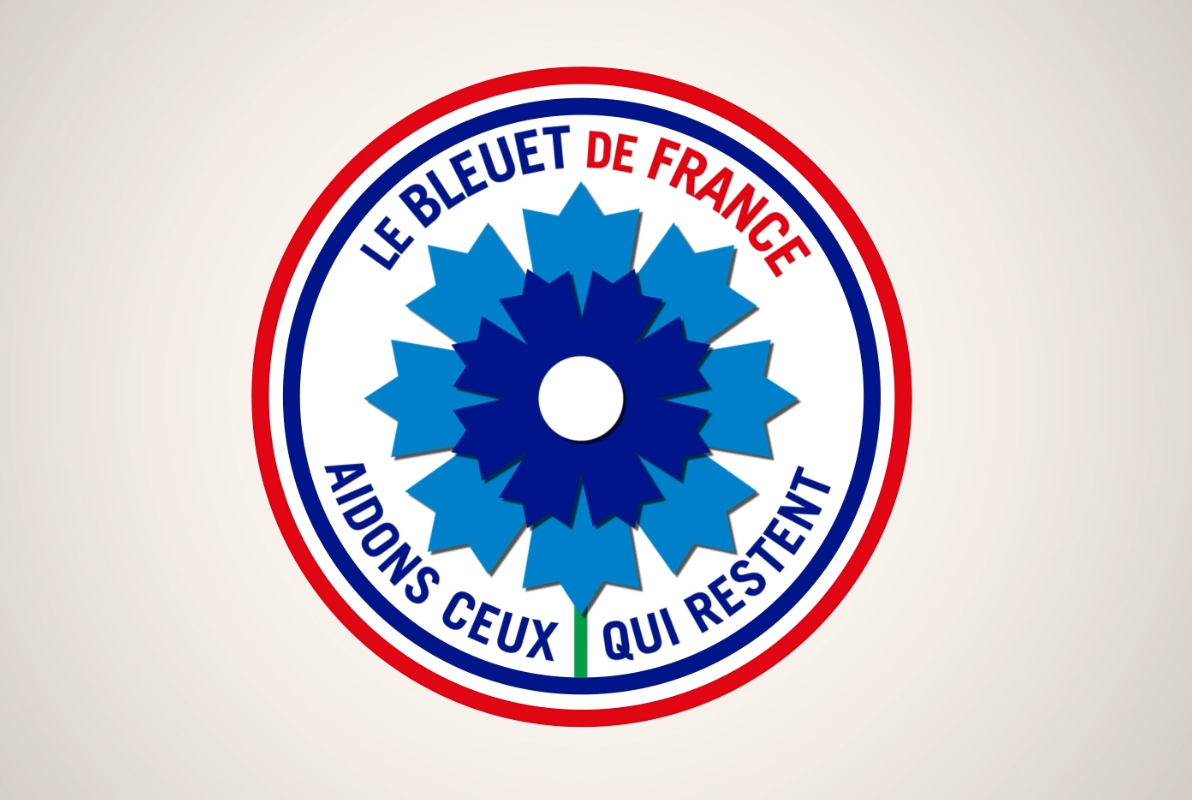Introduction - A New Approach to Strategic Functions
On the occasion of the Salon du Bourget, it with great pleasure that I preface for the first time this special edition of Revue Défense Nationale, dedicated to the French Air Force. Through its many high quality contributions, this edition offers the excellent opportunity to discover how the Armée de l’air puts its five core capabilities into action across its numerous commitments. The five capabilities, of planning, commanding and conducting air operations; collecting intelligence; immediate response; rapid and long distance projection; and high-level training are those which ensure the Air Force is ready for action within our sovereign territory and beyond. Modernisation of these capabilities will ensure that tomorrow’s Air Force will remain a powerful tool in the service of the nation, supporting the five strategic functions of deterrence, protection, awareness and anticipation, prevention and intervention. The very coherence and strength of the Air Force is rooted in its ability to put all its capabilities into effect in support of these functions.
The recently-published defence White Paper on national defence and security (the Livre blanc) describes current threats and supports the approach by strategic functions, which was originally introduced in the 1994 Livre blanc and broadened somewhat in that of 2008. Il allows identification of those areas that need to be fully understood in order for the state to ensure the protection and security of its citizens and of France’s vital interests both on national territory and beyond its borders.
One of the major constraints affecting defence planning today is the essential need for control of public expenditure which, given the current deep financial crisis, is significantly eating into any margin for manoeuvre. Despite that, the performance of new combat aircraft, be they helicopters, fighter or transport aircraft, allied with more reactive ways of employing them, open up new possibilities for perceiving the five strategic functions through a more holistic approach to how their complementarity might be used in mutual support.
Better knowledge of the interlinking of these functions and understanding each one of them with a view to greater dynamism will make it possible to respond to the challenges facing us by greater emphasis on refocusing forces on national territory and a number of key points, thereby favouring concentration of assets, which in turn brings savings.
In the first place we should take account of the many links between these functions. These interconnections have value in terms of the assets they can call upon, and also the fields of activity they cover, which are not isolated from each other. In the same way, the ultimate objective of providing defence and security for France does not result from some sequential application of these functions but from one that is parallel, and frequently simultaneous. With this as the starting point, and with the support of all that technology affords us, it is essential that we work towards better exploitation of the multiplicity of roles that our assets and procedures offer.
The very essence of the awareness and anticipation function is the best illustration of the interdependence of functions, since complete understanding and mastery of it is the guarantor of how the other four operate. That alone justifies the effort expended upon it since 2008, in particular in the fields of space and cyber-defence. The actions contributing to the success of this function need to be exercised along two different paths.
On one hand, there are those actions which take place before crisis occurs, and which allow the latter to be anticipated. Today, they rely on our capability in space, on our computer, electromagnetic and human intelligence resources, and on the use of specialised resources which are deployed as appropriate to the particular areas of interest concerned. We could go further still by exploiting every opportunity afforded by missions for other strategic functions on which our assets are deployed. In particular, we need to make greater use of our air projection assets, and broaden their doctrine of use.
On the other hand, once the crisis has happened, getting on top of it presumes reliance upon assets that can be maintained permanently in-area. To this end, developing the use of drones must not only continue, but also be the subject of significant effort.
Knowledge of this interlinking and of the multi-role aspect of our forces can also contribute to a move away from the highly-focused role of deterrence without in any way reducing the certainty of deploying assets for that role. Similarly, we have to bring into our strategic thinking the fact that this function affords French forces an area of expertise which enhances their operational capabilities, such as targeting, long-term missions, handling of strategic targets and initial entry to a zone. In doing so, it adds strength to other strategic functions and puts France in the top league of credibility.
In the second place, today’s environment makes it possible to envisage the refocusing of forces on national territory and in a few areas of influence outside Europe, without at the same time compromising the other strategic functions. However, this is only possible under two conditions, which must contribute to the construction of an agile system of defence and be part of an overall dynamic.
The first of these relates to planning the modernisation of our strengths within the framework of a more dynamic approach that includes recovery ability. This refocusing does not amount to some form of resignation, and is in no way intended as a reduction in our traditional strengths, but to make it work we have to rethink and renew our organisation in order to get greatest benefit from the new strategic reach that our new projection assets will soon offer to our armed forces.
The second condition relates to the pressing need to continue to figure among the most credible nations in terms of intervention capability, something that is inseparable from our culture of international responsibility. Intervention is hugely demanding of resources, and new ways have to be found in order to have just what is needed, at just the right time without giving up our aim of honouring our ability to impose our political will.
Any intervention relies on the three-pronged approach of immediate action, force projection and staying power. Immediate action necessarily implies a need to preserve essential assets at a high degree of competence in the most demanding of operational sectors, which in turn preserves our initial entry capability in order for us to punch above our weight. Staying power—the capacity to sustain longer-term operations—comes into play after the high intensity phase of an operation, but has different requirements. As a consequence, the level of equipment and preparation of the forces concerned have to be adapted accordingly.
Accepting these conditions, refocusing forces onto our own territory can still be envisaged because we have robust command and control capabilities with great potential and which more than ever before allow highly reactive centralised command, yet decentralised execution, of any wide-ranging operation. Through better use of these aspects we will be able to guarantee our overseas citizens rapid arrival of French state forces should a major crisis arise, whilst at the same time maintaining a reduced force level. In this way we will preserve our worldwide ambition and economise on use of our assets in order to act within the entire range of the strategic functions.
As a final note, the refocusing also means it will be possible to consider strengthening inter-ministerial collaboration in order to improve the security of our fellow citizens and the resilience of the state. We have to exploit all synergies from support of assets to the links between command and crisis management structures, and including improved training missions for the benefit of the country’s occasional needs.
So there we have it: interlinking, multi-role capability and a dynamic approach all contribute to appreciation of the five strategic functions from a different angle without calling into question their relative importance. This different viewpoint is aimed at exploiting the particular potential of each function in support of the refocusing of forces on national territory and at the same time offering a solution that fits in with control of public expenditure.
Against the background of the Livre blanc on national defence and security, it with all this in view that the Armée de l’air is continuing its modernisation programme and consolidating its core capabilities in order to continue to fulfil its permanent missions of deterrence and protection of our territory and its approaches, and to maintain its immediate intervention capability at the very highest level. It will continue to give France the force it needs to exercise its responsibilities both internationally and in the defence of its citizens. ♦







